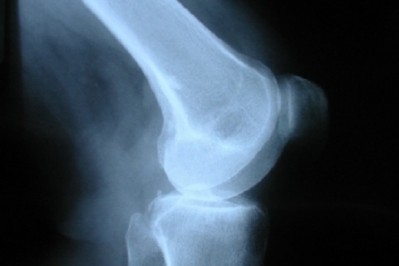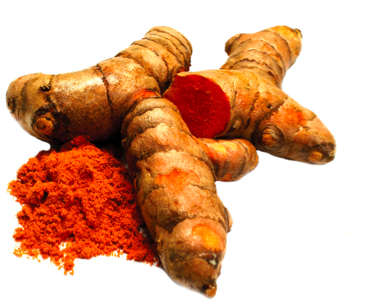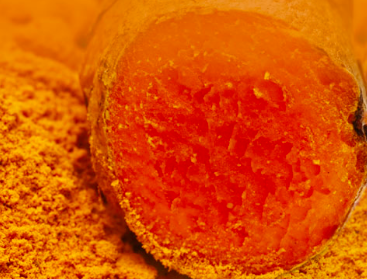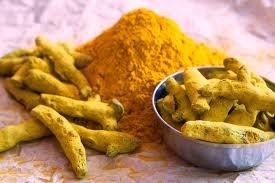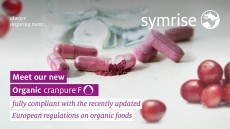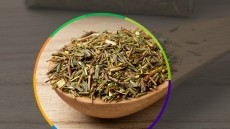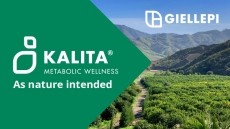New curcumin bioavailability study sparks scientific debate among leading suppliers
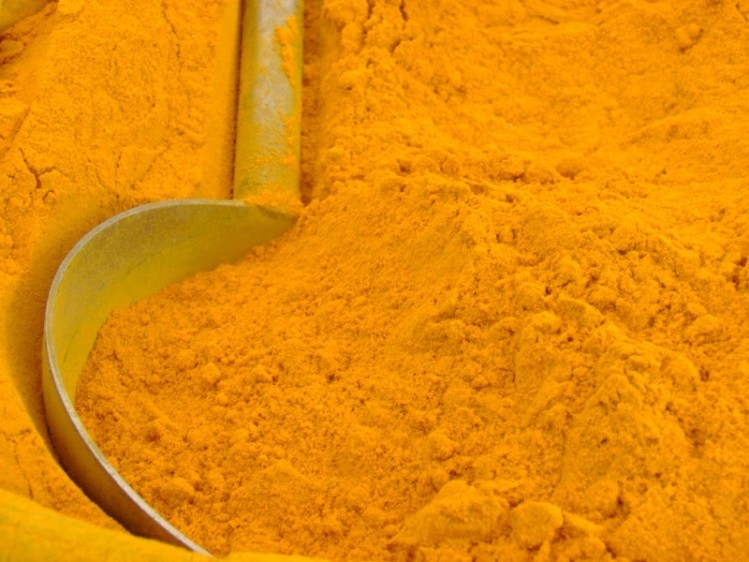
A comparison between curcumin formulations reported in the Nutrition Journal indicated that a single dose of curcumin with a combination of hydrophilic carrier, cellulosic derivatives and natural antioxidants (OmniActive) led to significantly higher blood levels of the curcuminoids and tetrahydrocurcumin than standard curcumin (Sabinsa), a combination of curcuminoids and volatile oils of turmeric rhizome (DolCas Biotech), or curcumin in a lipophilic matrix (Indena).
Ralf Jäger, PhD, FISSN, President of Milwaukee-based consultancy Increnovo LLC and lead author on the new study, told NutraIngredients-USA: “The present study is the first human study which measured the constituent parts of the curcumin formulation derived from the extraction process, curcumin, bisdemethoxycurcumin and demethoxycurcumin, and the major metabolite of orally ingested curcumin, tetrahydrocurcumin, increasing our knowledge on how the individual curcuminoids are absorbed and metabolized.”
Our coverage of the study, which was funded by OmniActive Health Technologies’, can be found here.
‘Metabolites vs curcumin itself’
Engaging in the debate, Dr Nagabhushanam Kalyanam, PhD, President of R&D, Sabinsa, told us that almost all papers on curcumin bioavailability estimate the ‘metabolites of curcumin’ and not ‘curcumin’ per se.
“In this paper also, they use ‘glucuronidase/sulfatase’ enzymes to hydrolyze the metabolites and then estimate curcumin,” explained Dr Kalyanam. “Hence this bioavailability study is on ‘the metabolites of curcumin’ and not on ‘curcumin’ itself.”
Dr Kalyanam referenced a recent paper from the University of Texas M.D. Anderson Cancer Center, which showed that the metabolites of curcumin are not effective against cancer cells and they cannot be considered as anti-inflammatory (Pal et al., Bioorganic & Medicinal Chemistry, 2014, Vol. 22, pp. 435-439).
“In short, the excipients simply increased the non-bioactive curcumin metabolites in systemic circulation,” he added.
Comparisons
In response, Dr Jäger told us that free and other forms of curcumin have been studied by various researchers, and a practical challenge in the pharmacokinetics of free curcumin exists because of its short half-life and limited window of observation in plasma/serum.
“In previous studies, curcumin has been shown to appear as curcumin metabolites: glucoronides and sulfates. These conjugates appear to be representative of curcumin bioavailability and efficacy. For example, Vareed et al, 2008, concluded that ‘consumption of 10 or 12 g curcumin single doses generates mainly curcumin glucoronide and sulfate’ and that 'the concentrations of curcumin conjugates observed in human plasma after consumption of 10 or 12 g single doses described here resulted in plasma concentrations sufficient to elicit pharmacologic activity in vitro, if deconjugated’,” said Dr Jäger.
“The purpose of the study entitled ‘Comparative Absorption of Curcumin Formulations’ by University of Tampa in collaboration with Increnovo published in January 2014 by Nutrition Journal was to compare different commercially available curcumin products in healthy volunteers using an established and validated study design,” he added.
‘The principles of scientific discussion’
Christian Artaria, Marketing Director for Indena S.p.A., told us that the company’s scientists had thoroughly reviewed the study, and the authors will send a technical comment directly to the journal's editor, addressing some potential inconsistencies.
“Published papers are normally published with the aim triggering scientific improvement/discussion and we will follow these principles. Indena will obviously provide clarifications and its interpretations also to its customers.”
NutraIngredients-USA will provide coverage of those comments when they become publicly available.
